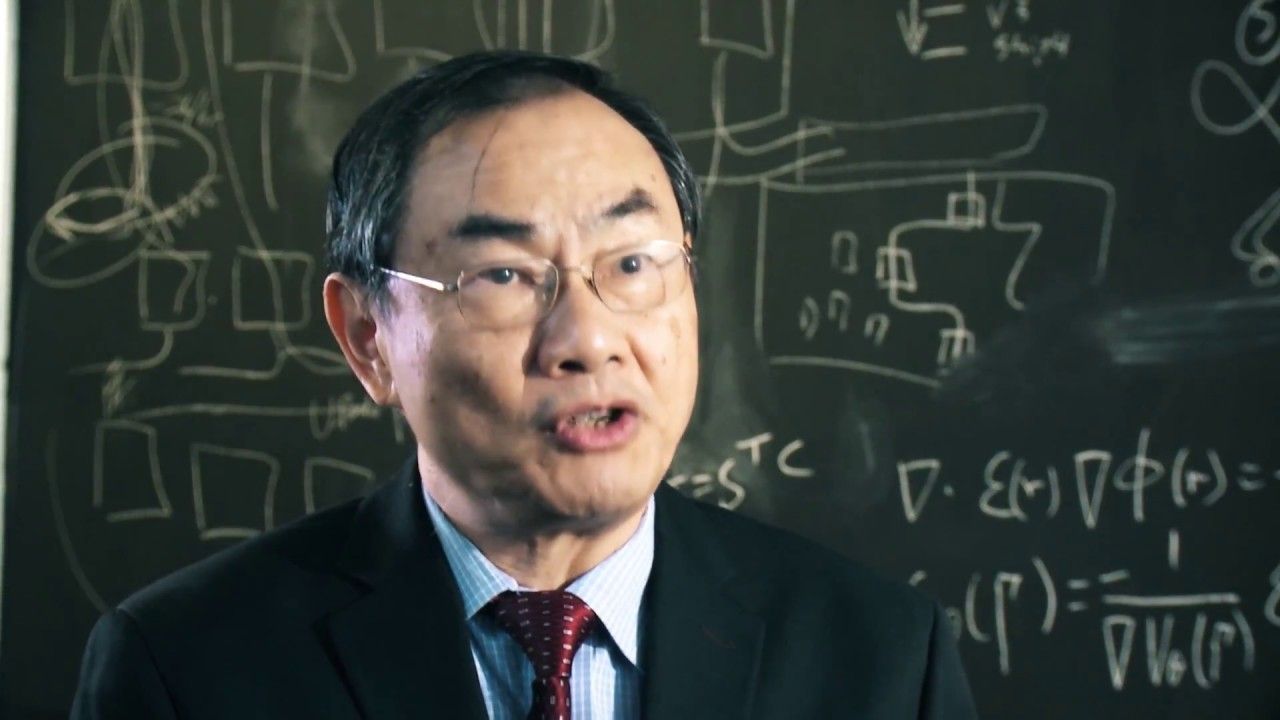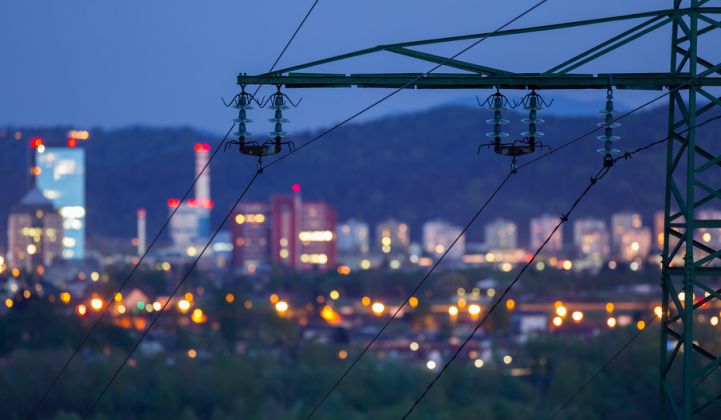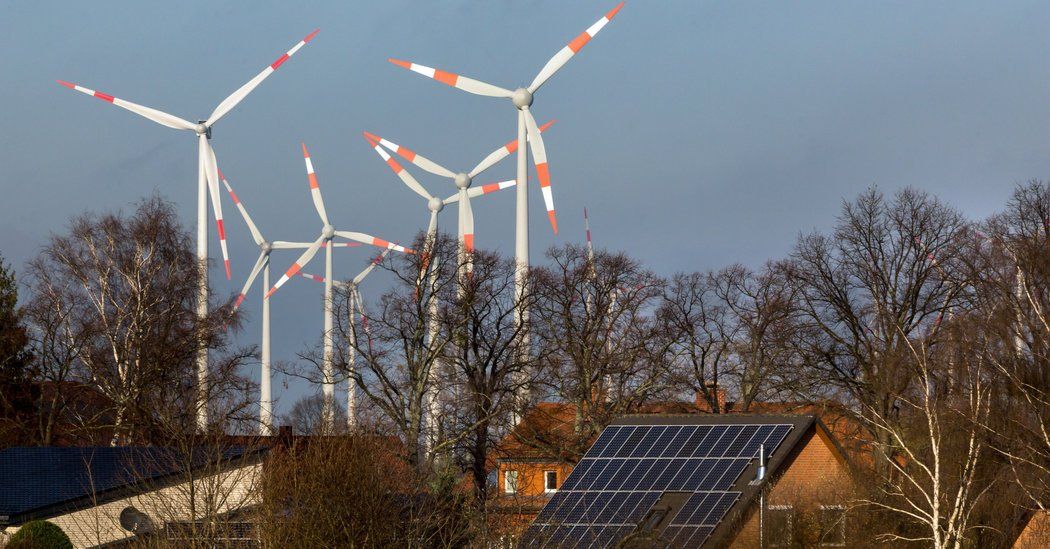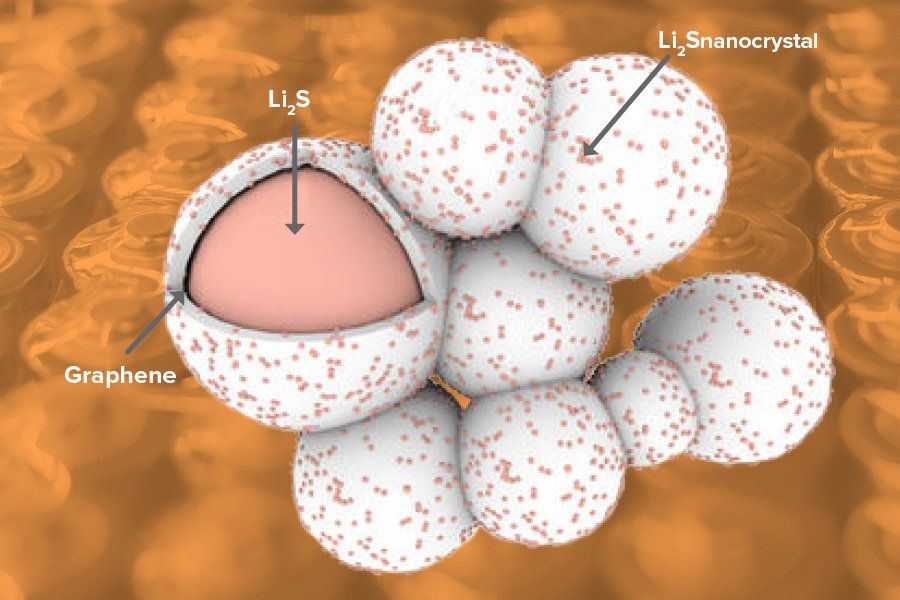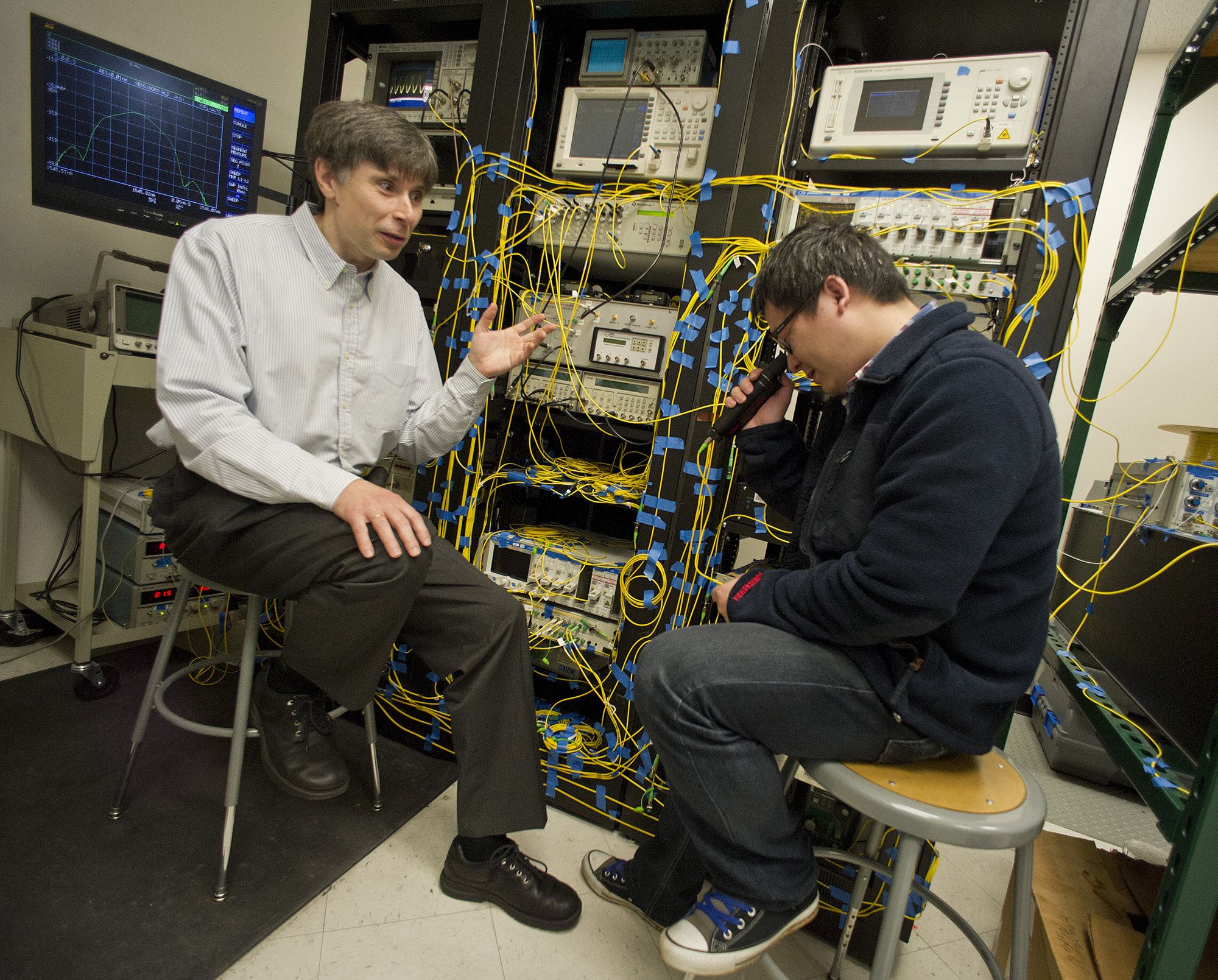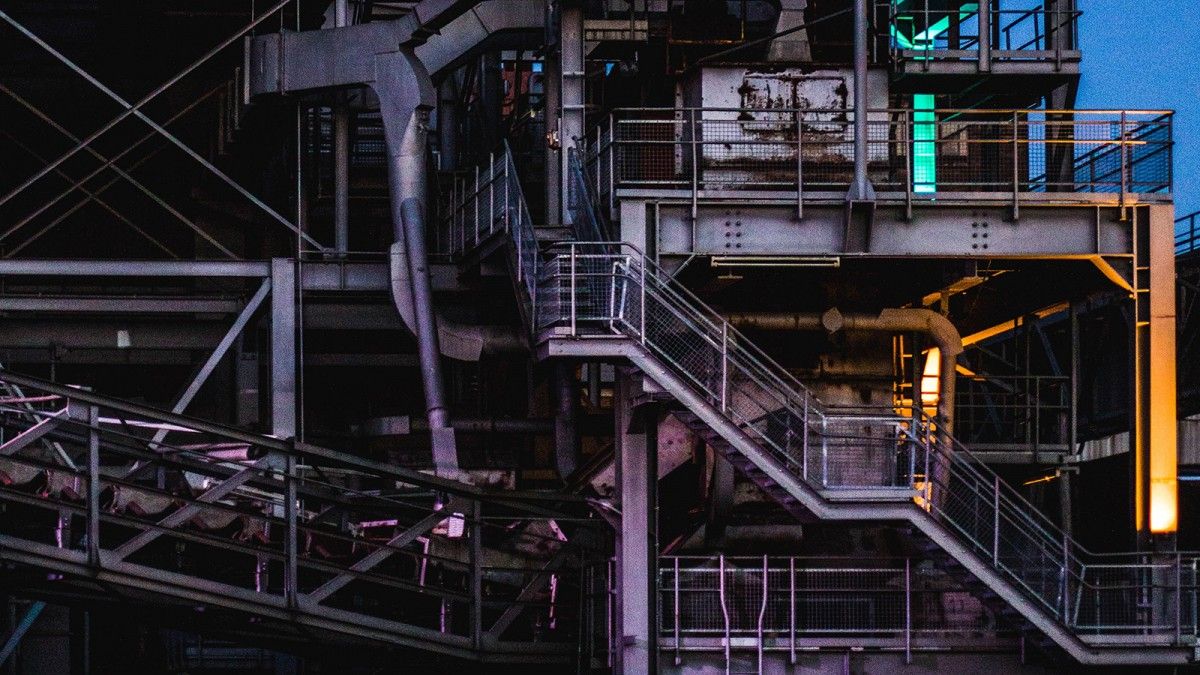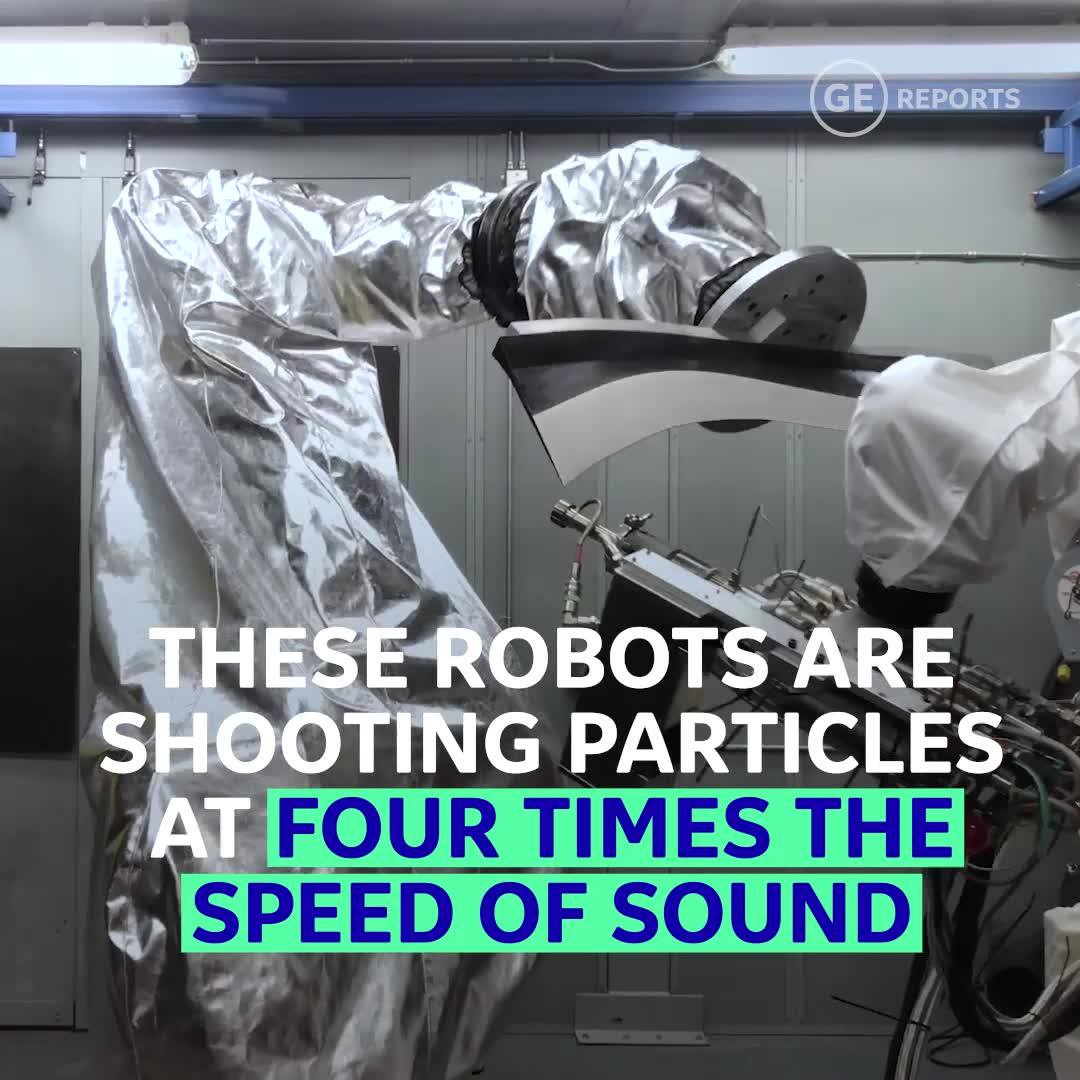Jan 2, 2018
A fossil fuel technology that doesn’t pollute
Posted by Saúl Morales Rodriguéz in category: energy
https://youtube.com/watch?v=LHGVBTDDnKU
Engineers at The Ohio State University are developing technologies that have the potential to economically convert fossil fuels and biomass into useful products including electricity without emitting carbon dioxide to the atmosphere.
In the first of two papers published in the journal Energy & Environmental Science, the engineers report that they’ve devised a process that transforms shale gas into products such as methanol and gasoline—all while consuming carbon dioxide. This process can also be applied to coal and biomass to produce useful products.
Continue reading “A fossil fuel technology that doesn’t pollute” »
